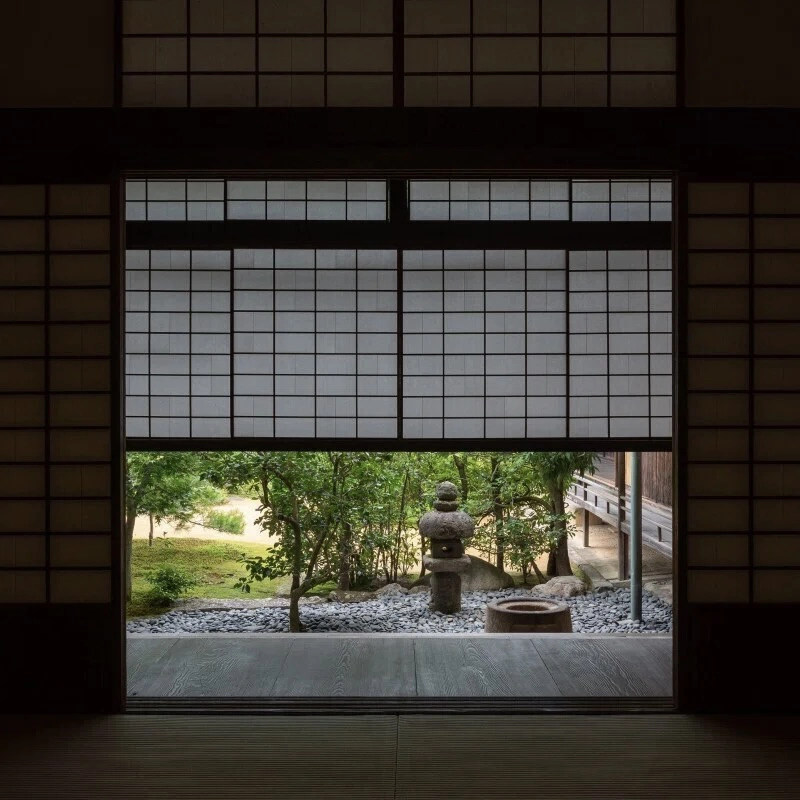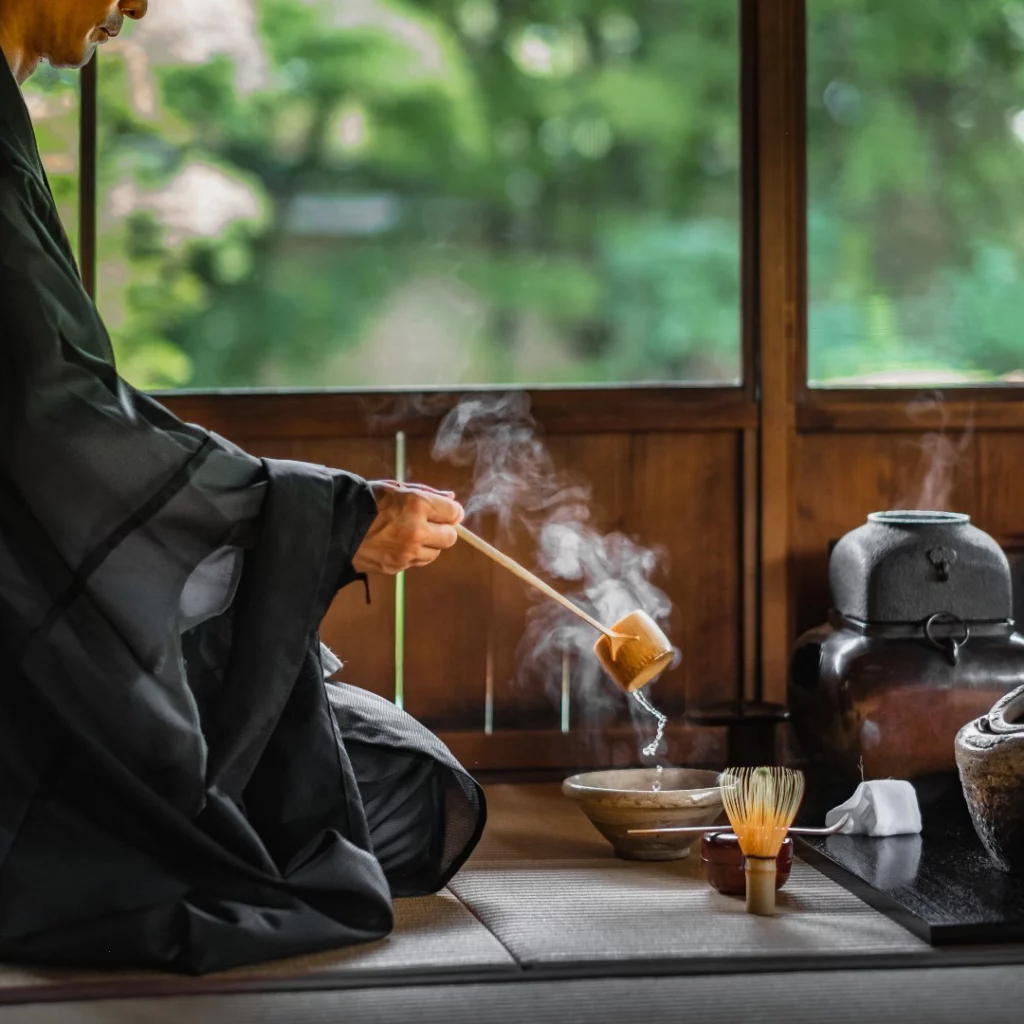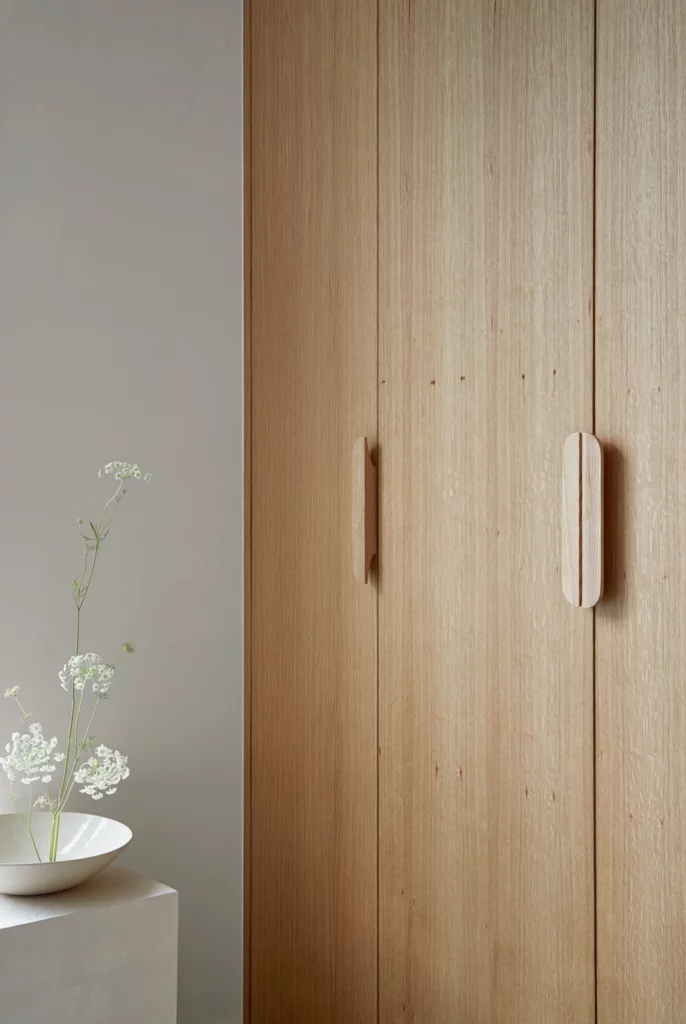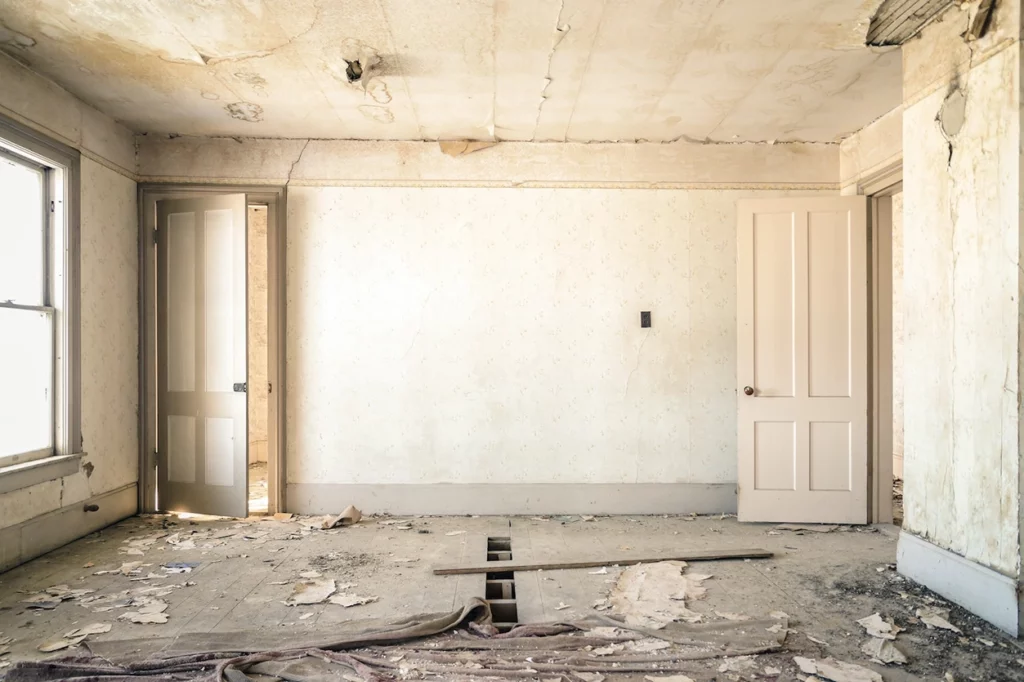Often celebrated in the design world, the concept of ‘wabi sabi’ is not just a design principle but a way of life, deeply rooted in the cultural and historical evolution of Japan. In this journal, we explore the profound origins of wabi and sabi and how they challenge our modern understanding of beauty and values.

The Roots of Wabi and Sabi
The concepts of wabi and sabi predate their union as a single term. They evolved independently, carrying distinct meanings that complement one another.
- Wabi reflects a metaphysical state—tranquility achieved through simplicity, humility, and a rejection of material excess. It focuses on the internal, on values that align with nature and authenticity.
- Sabi, by contrast, is a visual and temporal appreciation of beauty, highlighting the patina of time. It speaks to the charm of imperfection and the way objects age gracefully, gaining character and history.
Together, wabi sabi forms a harmonious philosophy that embraces both the tangible and the intangible, the inner and outer worlds.
Rikyu’s Radical Vision
In the 16th century, Sen no Rikyu, the legendary tea master, redefined the cultural and spiritual essence of the Japanese tea ceremony. During an era when grandeur and opulence dominated, Rikyu introduced the concept of wabi cha—a tea ceremony stripped of excessive ornamentation, focusing instead on authenticity and the profound connection between host and guest.
In Rikyu’s tea room, every element—whether a bamboo flower vase or the natural stones along the garden path—was deliberate, yet unpretentious. He created spaces that were humble, stoic, and deeply tranquil, inviting guests to pause and connect with the essence of wabi.
But Rikyu’s vision was more than an aesthetic statement; it was a cultural and political one. His dominance over the tea ceremony clashed with the ruling powers of the time, culminating in his forced ritual suicide. Rikyu’s martyrdom symbolised the ultimate sacrifice for the values he championed—making the tea ceremony, and by extension the spirit of wabi, accessible to all.


The Legacy of Wabi Sabi
Rikyu’s radical philosophy extended beyond the tea room, influencing not only Japanese aesthetics but the very way people approached life. His wabi sabi values remind us to focus on what is essential, enduring, and authentic—qualities that feel increasingly rare in today’s fast-paced, consumer-driven world.
Yet, wabi sabi is not simply a matter of design or lifestyle trends; it is a deeply philosophical proposition. It invites us to challenge our modern obsession with perfection, consumption, and control. Instead, it urges us to appreciate impermanence, embrace the imperfect, and find beauty in simplicity. Whether through design, relationships, or daily rituals, wabi sabi serves as a lens to examine what truly matters in life.
4. Prioritising Simplicity (Taru wo Shiru – Less is More)
Minimalism isn’t about deprivation; it’s about being mindful of what is enough. Through Taru wo Shiru, the principle of finding contentment in simplicity, we design homes that balance practicality and beauty.
- Declutter and Organise: Your home should work for you, not the other way around. Start by decluttering, keeping only what adds value to your life. For the essentials, create custom cabinetry and built-ins to keep things neatly stored and maintain a sense of calm.
- Durable Elegance: Prioritise quality over quantity. Opt for timeless finishes, such as natural wood or stone, that are durable, practical, and soothing to all the senses.


5. Construction
- We review alternative/ suggested products by the project contractor against performance and environmental standards.
- At handover, we provide comprehensive records, technical specifications, and maintenance guides to ensure your home’s sustainability is maintained long-term.
For those of us navigating contemporary chaos, wabi sabi offers more than a serene aesthetic. It serves as a guide for finding meaning in the ephemeral and crafting spaces – and lives – that feel intentional, restorative, and deeply human.